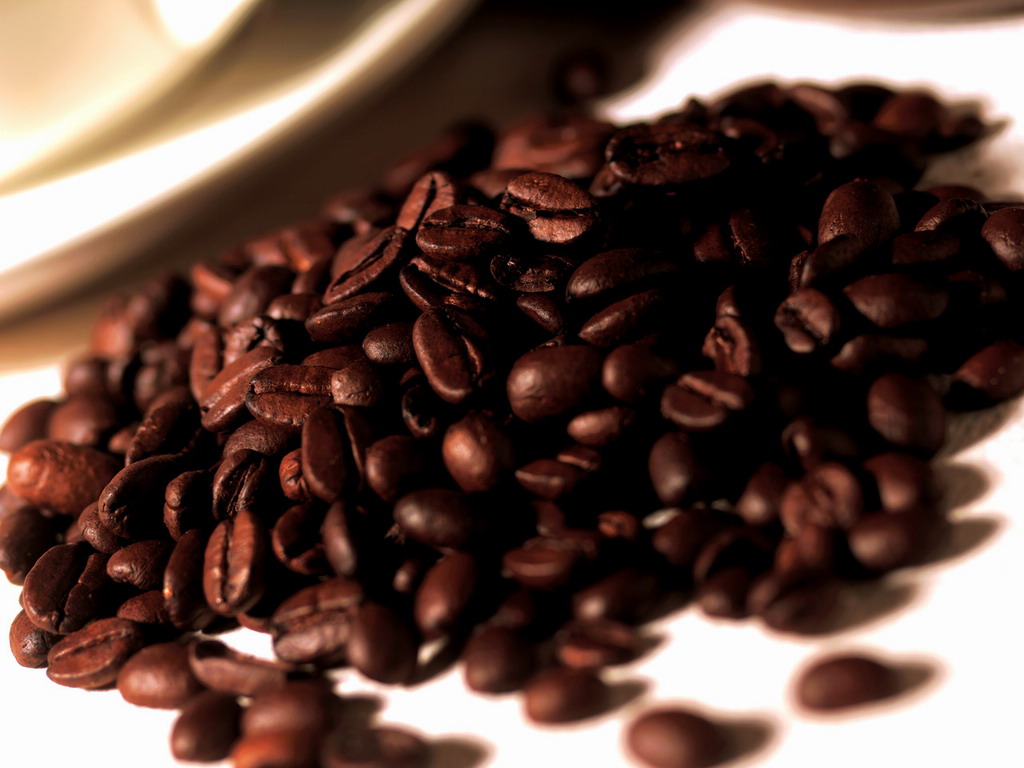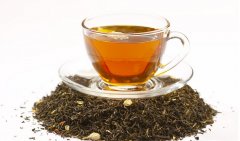Where does the bitterness and acid of coffee come from?

In order to solve this mystery that has plagued us for many years, Thomas Hofmann, a scientist at Technical University of Munich in Germany, decided to study the bitterness of coffee.
He filtered the brewed coffee and found that some of the molecules with the smallest molecular weight tasted the bitterest. So he used mass spectrometry to conduct a series of experiments and identified a molecule called chlorogenic acid lactone "chlorogenic acid lactone" as the culprit. (for convenience, let's call it Little Green.) Little Green has been around since the beginning of raw beans.
If we want to talk about Xiaolu, we must first talk about chlorogenic acid. To put it simply, chlorogenic acid exists in most plants and is produced by plants in the process of aerobic respiration. The small green is the coffee beans in the roasting process, decomposed from chlorogenic acid.
Does the baking degree have any effect on Little Green?
To this end, the researchers determined the content of small green in a series of coffee with different roasting degrees. Studies have shown that in the roasting process of coffee beans, the small green will increase with the deepening of the roasting degree. In light and moderate roasting, Little Green will only produce mild bitterness, which is what we call coffee characteristic, pleasant bitterness. As the baking time increases, the small green will be decomposed again and replaced by vinyl catechol polymer, which is the source of strong bitterness.
In this way, it is not difficult for us to understand why there is a saying in the world of curry-shallow sour, deep bitter. What we call pleasant bitterness is chlorogenic acid, and unpleasant bitterness is vinyl catechol polymer.
Does it mean that the more chlorogenic acid, the better coffee with bitter taste?
The answer is, of course, no. Generally, the more chlorogenic acid in raw coffee beans, the worse the quality of cup testing. Many defective beans also have a lot of chlorogenic acid, so it is not the more chlorogenic acid the better.
For example, robusta coffee beans contain 7% Mel 11% chlorogenic acid, while Arabica coffee beans contain only 5% Mel 8% chlorogenic acid.
Is the deep-roasted coffee beans bad?
A cup of coffee is a complex drink made up of more than 30 chemicals, and it is these "compounds" that determine the taste, aroma and acidity of coffee. It is not that the bitterness caused by deep roasting is bad, but that each type of coffee bean has its own baking degree. According to the characteristics of each coffee bean, the roaster will choose the most suitable baking degree according to the characteristics of each coffee bean, and perfectly show the unique flavor of each coffee bean.
Important Notice :
前街咖啡 FrontStreet Coffee has moved to new addredd:
FrontStreet Coffee Address: 315,Donghua East Road,GuangZhou
Tel:020 38364473
- Prev

The competition between new tea and coffee, do you prefer tea or coffee?
When we get up early in the morning, we may all have a habit of having a cup of tea or coffee to wake ourselves up and face this new day, so the question is, should we drink tea and coffee? So which is better for our health, tea or coffee? Next, the editor of Sanjiu Health Hall will take a look at it with you. How about tea? According to a study, tea
- Next

Those who are very unpopular coffee knowledge coffee experts may not understand!
There are about 1 billion people around the world, and the first thing they do every morning is to have a cup of coffee to start their day, but the secret behind the coffee may not be known. It is said that the coffee was discovered by the shepherd. The most widespread story is that an Ethiopian shepherd named Kaldi found his animal excited after eating ripe coffee beans. 2 A cup of coffee
Related
- Detailed explanation of Jadeite planting Land in Panamanian Jadeite Manor introduction to the grading system of Jadeite competitive bidding, Red bid, Green bid and Rose Summer
- Story of Coffee planting in Brenka region of Costa Rica Stonehenge Manor anaerobic heavy honey treatment of flavor mouth
- What's on the barrel of Blue Mountain Coffee beans?
- Can American coffee also pull flowers? How to use hot American style to pull out a good-looking pattern?
- Can you make a cold extract with coffee beans? What is the right proportion for cold-extracted coffee formula?
- Indonesian PWN Gold Mandrine Coffee Origin Features Flavor How to Chong? Mandolin coffee is American.
- A brief introduction to the flavor characteristics of Brazilian yellow bourbon coffee beans
- What is the effect of different water quality on the flavor of cold-extracted coffee? What kind of water is best for brewing coffee?
- Why do you think of Rose Summer whenever you mention Panamanian coffee?
- Introduction to the characteristics of authentic blue mountain coffee bean producing areas? What is the CIB Coffee Authority in Jamaica?

